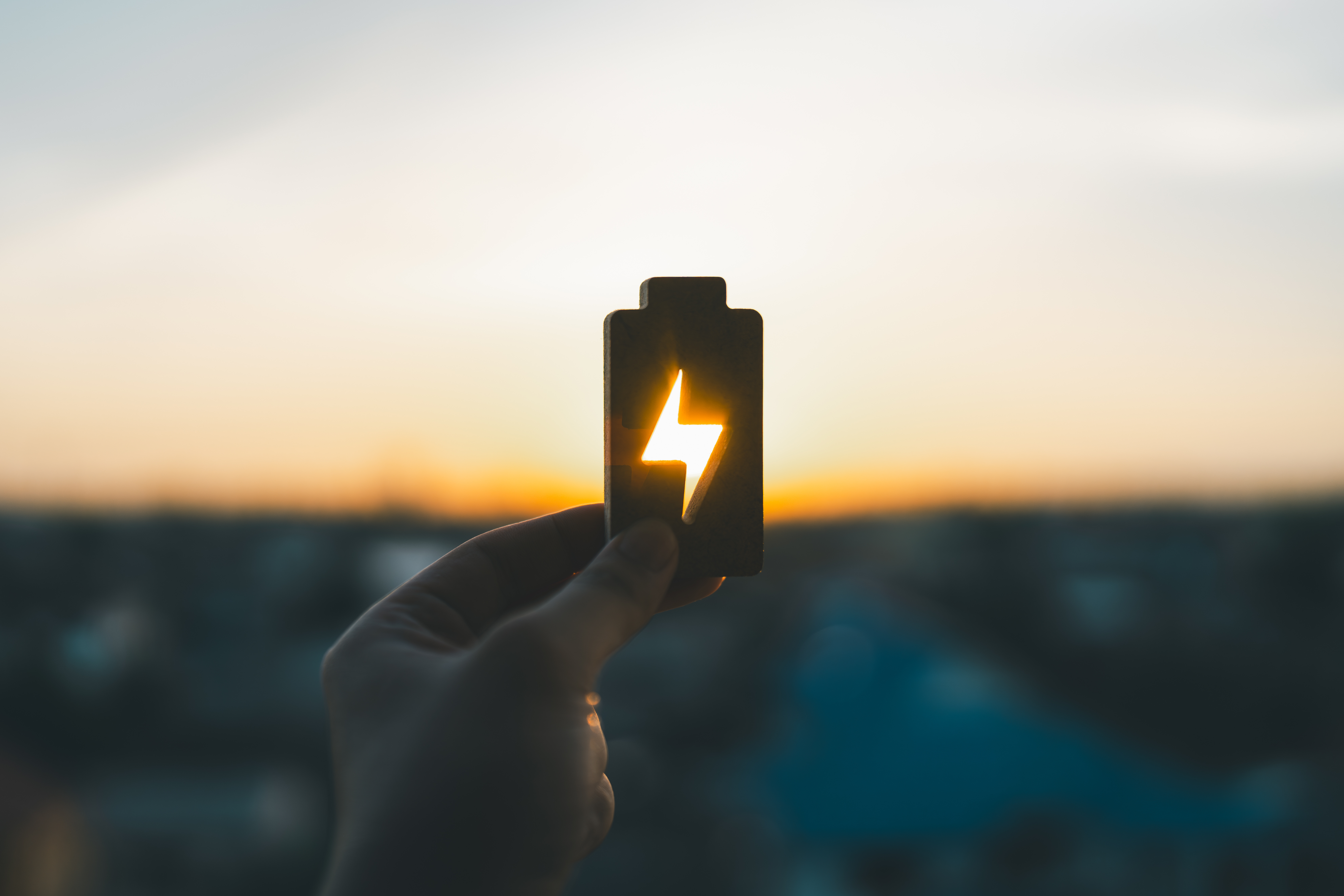Full charge ahead! Getting the most from your EV’s driving range.

It’s easy to think that buying an electric vehicle (EV) is all you need to do to incorporate eco-driving into your life. It’s certainly a big and helpful step, but there are still eco-driving techniques and strategies for EVs that can help you get more mileage from your battery, extend its life and keep your costs down.
Eco-driving strategies for EVs differ from vehicles with internal combustion engines. So, in this article we’ll explore some of the things you can do to make your driving your EV greener still.
Before you set off
Make sure charge points are on your route
If you’re planning a long trip, know where recharge points are - and allow a back-up in case one is out of action. Thankfully, more are being added to the network each day, and your EV should come with an App showing charge point locations.
Prep your EV before you get inside it
‘Pre-conditioning’ is the term that refers to getting your car’s battery and cabin to the temperature you want before you even leave home. Most EVs have smartphone Apps that let you do this from the comfort of your lounge. It can help you save energy, especially if you pre-condition your car while it’s charging.
Check your tyres
Along with being dangerous, under-inflated tyres add resistance while you’re driving so will drain more of your battery. Check them at least once a month, and always before a long journey.
Choose the right mode
Many EVs come with a selection of driving modes that suit different driving conditions. They usually involve modes for a sporty drive, urban driving and long-distance trips. Choose the mode that offers the best economy, then sit back and enjoy the drive (and the savings).
While driving
Make the most of regenerative braking
Regenerative braking can extend an EV’s range by as much as 20%.* It can take a little getting used to, but try not to use the brake. Make sure there’s plenty of distance between you and the vehicle in front so you can let your EV slow down naturally, without much need to apply the brake.
You may also be able to adjust the amount of regenerative braking force. Stronger settings can take time to get used to if you’re new to driving an EV, but they’re very helpful, especially in urban driving.
Think minimally
The more electrical devices you use inside your EV, the more energy you’ll use. So only use the ones you really need. For instance, rather than heating the whole cabin during cooler months, if your EV has heated seats and a steering wheel, try using just these. They can keep you warm without heating the whole cabin, saving energy. Also, lighten the load and clear unnecessary items from the boot.
Air-conditioning vs fresh air
Air-conditioning is an essential for hot summer months. Yet, it’s a big draw on your battery. If there’s just you driving, see if your air conditioning system has a ‘driver’ setting. Use it as it focuses air-conditioning just on you, saving energy. Better still, switch it off and wind your window down a little. Above 45km/h, an open window will add more drag, so close it if driving faster.**
Accelerate more evenly
Who doesn’t love the thrill of a quick burst of acceleration? Yet, when driving an EV, a smooth, moderate, use of the accelerator pedal will help extend your driving range***. Also, if your EV has Cruse Control, switch it on to maximise system settings and battery life.
Take your time
Many people are surprised by how responsive and lively EVs are. But, they also offer you a very different driving experience: Smooth, step-free acceleration, a silent engine, and quiet running make for a serene, highly enjoyable drive.
*Source: https://blog.chargemap.com/tips-for-boosting-electric-car-range-eco-driving/
**Source: https://www.nfumutual.co.uk/news-and-stories/efficient-electric-driving/
***Source: https://ietresearch.onlinelibrary.wiley.com/doi/full/10.1049/iet-its.2014.0221 - section 5.2.3 Regenerative Braking